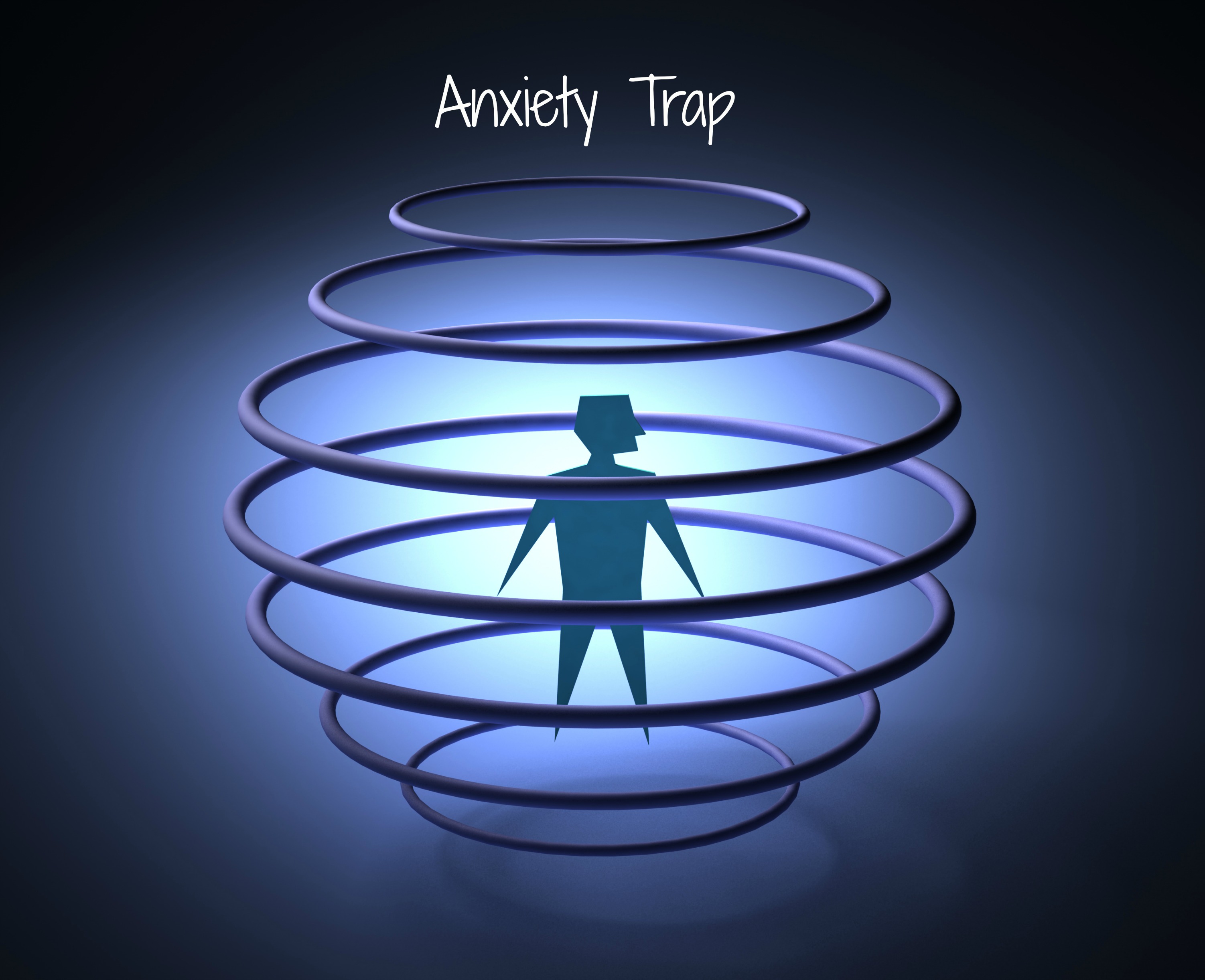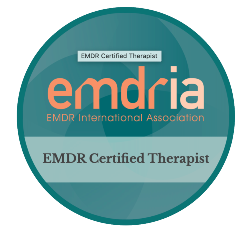Anxiety Trap
Anxiety is an issue that plagues many individuals, impacting every aspect of their lives. If you are one of those individuals, you are not alone. Feelings of being frozen with fear of any multitude of things, unable to enjoy time with friends or family, or continually stressed by the need to leave the comfort and safety of your home in order to go to work are common experiences faced by anxiety sufferers. As a result, relationships are strained and careers are threatened. Imagine the woman who cannot enjoy a dinner with friends for fear she will have a panic attack in front of her friends, or the person who cannot escape from unfounded worries about their health. For many of these sufferers, panic attacks become an issue as well. This can involve a racing heart, nausea, and jitters, in addition to a feeling that one may faint. It can be absolutely immobilizing as one tries to break the cycle of worry that follows their fears, concerns, and the effort simply to avoid having a panic attack.
The roots af anxiety are often genetic and can be triggered by trauma or stress. The acute awareness of experiences in life that are beyond control is the precipice for the worry. Learning how to let go and manage those fears is the key to relief. The good news is that anxiety is treatable and sufferers can get better. Talking with a qualified therapist who works with anxiety can make all the difference. Determining the root of the anxiety (which is often based in a traumatic event or experience), and discussing the neurobiology of the anxiety is the place to begin.
Meanwhile, a few tools for managing those anxiety triggers can provide some relief. Practice deep breathing when you feel the panic begin. Good deep breaths from the diaphragm, not just the upper chest, provide increased circulation of oxygen to the brain. Not only does this promote relaxation, but it helps you think more logically, making better use of your frontal lobe. Don’t fight the anxiety (or panic) attack. Just notice it. When you try to fight the attack you are creating more anxiety and panic. You are fueling the problem rather than dissipating it. So, instead, try noticing the way you feel. Notice things usch as your heart racing, or your jitters. Don’t judge them or worry about them, just notice them. They will pass, just as they have in the past. But when you aren’t fighting it, chances are it will pass more quickly. As yourself, “Am I in danger or am I just uncomfortable?” Anxiety is the result of our brain telling us something is dangerous when in fact what we are experiencing or anticipating is simply uncomfortable. When we respond to feelings of discomfort the same way we would respond to danger, it is unproductive at best. At worst, it creates heightened adrenaline, followed by panic and the infamous “flight, fight, flee or freeze” response. So, at the first sign of the anxiety, remember to ask yourself that important question. More than likely the answer to your question will be that you are uncomfortable, not in danger. What’s the best way to get comfortable when you need to? The answer: relax. The good news is there are ways to break the cycle of anxiety and get your life moving forward again. With the proper tools and knowledge, it can be managed effectively so that you not only feel better, but have the confidence that it does not have to run your life.
Click here for more information on Anxiety Treatment.
Tamra Hughes, MA, LPC http://www.thcounseling.com





